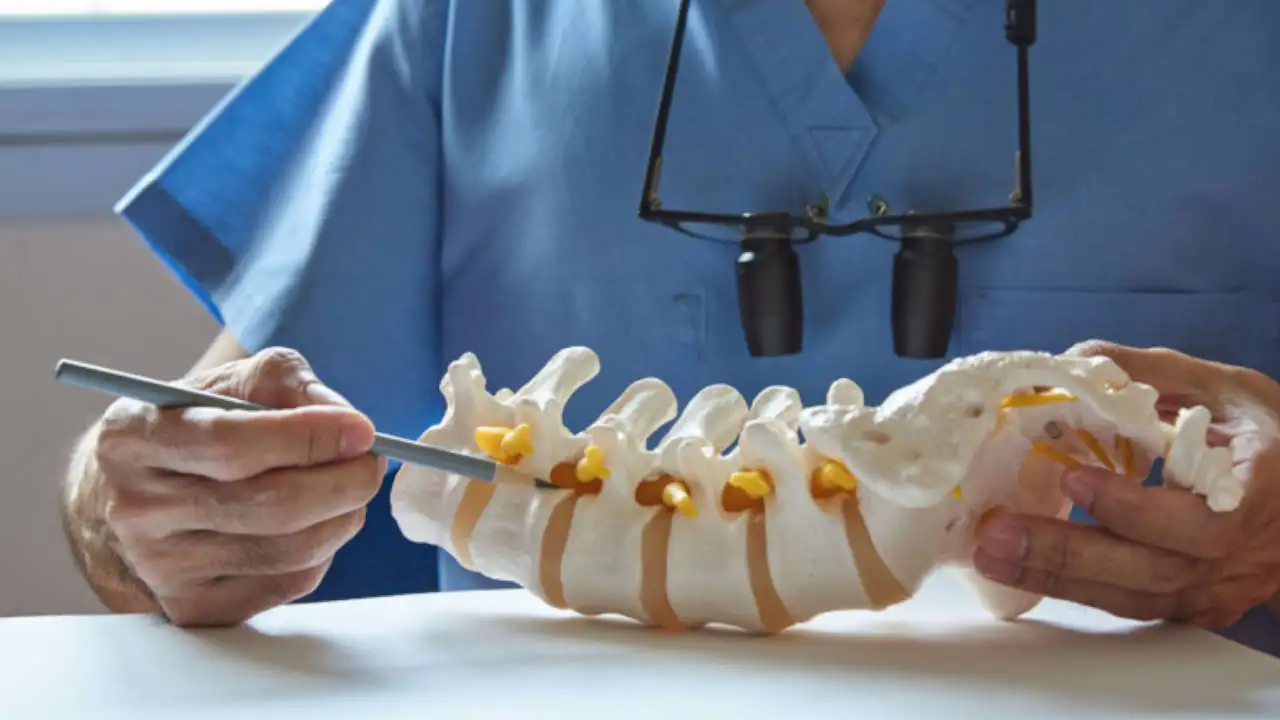As we go about our daily lives, we oftentimes neglect trivial matters that may give our bodies future problems. In this dynamic world we live in, we are always busy working, studying or running errands at home that we usually forget to care for our body. We often forget to exercise, observe good posture and even function properly. Neglecting those takes its toll on our body. Incorrect posture or lack of exercise may give us bad posture, difficulty in functioning (such as arthritis or muscle trauma) and UCS or Upper Crossed Syndrome. Upper crossed syndrome appears when we are working, driving or even when we are reading a book or watching TV. This is because we are so into our jobs or our studies that we fail to sit, stand or even walk properly when doing so.
What is Upper Crossed Syndrome? This is a condition when the muscles of the neck, shoulders or chest are not aligned or equal in tension. The other parts may be stiff and tense while the other parts are flexible and relaxed. An example of this is when while we are working on a computer or at a desk and our head is often being in a forward position. Doing that or being in that position for a prolonged period of time usually creates tension in our neck, shoulder and chest muscles. We experience strain in the back of the neck, pain in the upper back and shoulders, lower back pains, reduced movement in the upper body, numbness in the upper arms and so on.
How is upper crossed syndrome diagnosed and what are the symptoms? A medical doctor, physical therapist or a physiotherapist are some of the specialists that can medically confirm such a condition. Without conducting any tests or observation, they can easily say one has UCS by looking at them when they sit, stand or walk. This is because people with UCS usually have their heads being in an awkward forward position while standing, walking or sitting down. Tells us a lot about proper posture. Once it is identified, the intensity or gravity of the upper crossed syndrome is determined by the tension in the muscles, the pain the patient feels and the level of discomfort it gives when doing even the most simple task of sitting down and reading a book or driving.

The symptoms that can lead to the conclusion of having upper crossed syndrome would be the following:
- Bad posture
- Neck pain
- Headaches
- Stiff shoulders
- Fatigue
- Lower back pain
- Difficulty driving or sitting to read, work or watch TV
- Restricted neck movements
- Pain, tingling or numbness in the arms and shoulder
When these symptoms are present in an individual, medical opinion or diagnosis is necessary. A chiropractor, physical therapist, physiotherapist or an orthopedic specialist can conduct a more thorough evaluation and proper treatment.
There are several ways by which this can be treated and managed:
1. Chiropractic Care – a form of an alternative medicine that specializes in the diagnosis and treatment of mechanical disorders of the musculoskeletal system. Since upper crossed syndrome is the condition where the muscles around the neck, the shoulders, the lower back, the chest and arms area are not equal in tension and flexibility, a chiropractor can help by conducting sessions of alignment and strengthening.
2. Physical Therapy – A physical therapist can help in the treatment and correction of upper crossed syndrome by conducting progressive exercises that also target strengthening and correction. These are repetitive exercises that may be increased in repetitions or duration depending on the progress of the patient. Together with these exercises, posture correction is also required not just during the sessions but also even after the sessions. This is to correct the bad habit of functioning with bad posture.

3. Occupational Therapy – An occupational therapist also does the exercises for treatment from the physical therapist, but in a more functioning environment – this is intended to correct or treat upper crossed syndrome brought about by work. This is to correct the posture, positioning and managing functions of the arms, neck and body.
4. Posture correction – this starts when we are kids often coming from our elders. Sit up straight, Stand tall and walk properly. This helps in the treatment and definitely in the correction of upper crossed syndrome because it teaches the muscles how to properly be in position when reading, sitting, or doing other stuff that we normally do in our daily lives.
Upper crossed syndrome is a condition that is manageable and treated depending on the patient. Proper posture is necessary at all times. The exercises prescribed by specialists like the physical therapist or the occupational therapist work more in strengthening the muscles and firming them. This allows maintaining good posture easier. At first there would be discomfort, there might be pain, depending on the progression of the intensity of the exercises and the duration and rigidity of the program, the pain and discomfort goes away. UCS once corrected may come back, especially when maintaining good posture is neglected.
IF you have want to correct your upper crossed syndrome, Tribeca Physical Therapy is officially reopened for in-person physical therapy sessions and continues to offer Telehealth PT or Virtual PT. Call us at 2124068080 or message us and book your first session free.



